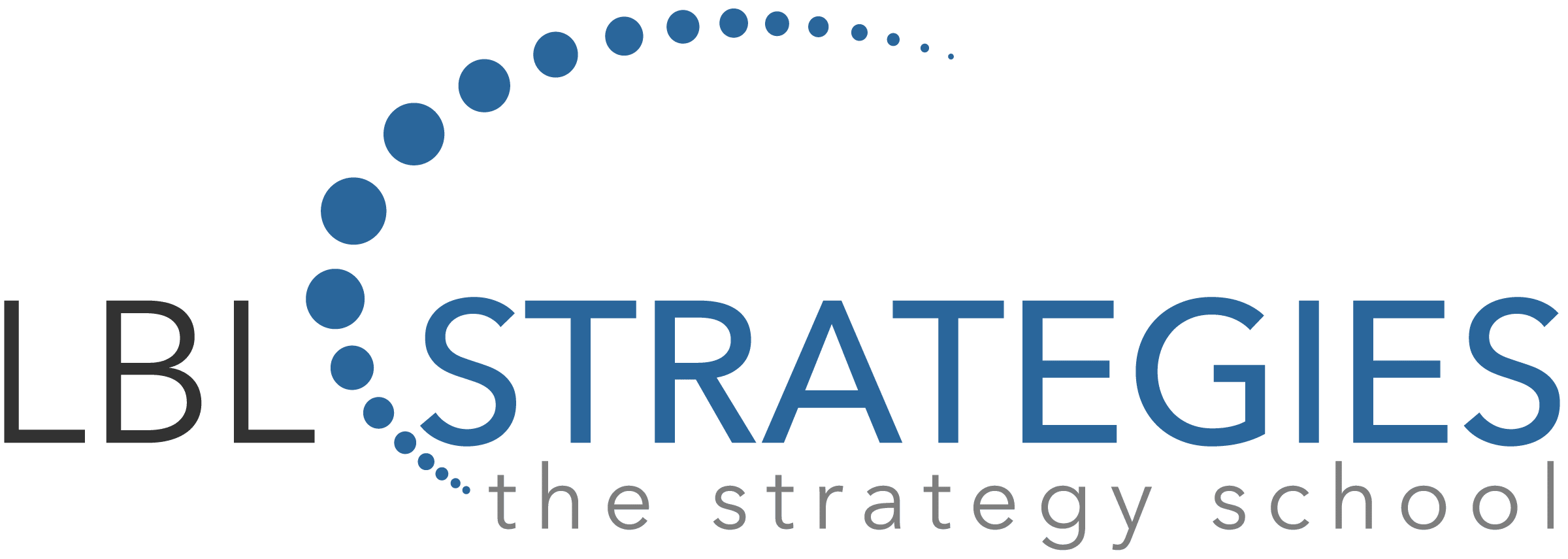By J. Woody Stanley
At the time this article was published, cabinet-level departments and agencies in the US federal government were preparing to release a four-year strategic plan outlining their direction and goals during President Biden’s administration. The strategic plan, which is required by 5 U.S.C. 306, reflects deliberations and decisions taken by agency officials with input from a range of stakeholders and partners. The largest departments and agencies will then release an annual performance plan and related documents, as encouraged by the Office of Management and Budget.
Three decades after the passage of the Government Performance and Results Act of 1993 and its successor, the GPRA Modernization Act of 2010, strategic planning is now ubiquitous in the federal government. While strategic plans are publicly available, and the processes are documented, less is known about the deployment of the plans and the public value agencies provide through decisions and actions based on the plan. Do the plans, once written, drive future decision-making in agencies, or are they quickly cast aside when agencies are faced with unanticipated events or shifts in political priorities? How do agencies coordinate and continuously update their plans when given new legislative mandates or faced with political crises that require their complete attention and resources? The aspirational goals and outcomes written in strategic plans can be quickly forgotten when faced with higher priority challenges, the daily demands and requirements of routine operations, and resource-intensive initiatives in other competing activities. Only a portion of the agency workforce may even be aware of the strategic goals and objectives of their own agency – especially without attention paid to how their daily work contributes to the agency plan.
The responsibility for implementing these plans falls to senior career executives and managers – agency leaders who are often supported by a small cadre of planners and analysts. In the best of circumstances, organizational leaders successfully communicate and engage managers and front-line workers in the deliberative processes before decisions are made and plans are written. Additionally, successful deployment of many federal program initiatives relies on coordination and cooperation among other federal, state, and local government agencies, as well as independent contractors and partner stakeholders. From an accountability standpoint, agency leaders can engage in strategic reviews, periodically report progress against measures and targets using various tools, and link organizational goals to individual performance plans.
But the best-made plans will not always unfold as expected; many times, their impact is not what was intended, or events outside of the agency’s sphere of influence shape the response. In these situations, leaders will quickly resort to bricolage – improvising or acting based on whatever information and resources are available to them. They need not forget their long-term goals and should return their focus to the plan. At this point, successful deployment of the strategic plan depends on the engagement and commitment by top officials and leaders throughout the organization. The most successful leaders have developed close working relationships and achieved a level of trust with their agency peers and subordinates alike. The question then is whether they will expend this political capital to revisit and rethink their assumptions, update their plans accordingly, and continue to strive to achieve their long-terms goals.
I was reminded of this recently while reading about a surge in traffic deaths in 2021, despite a reduction in vehicle travel throughout the US due to the pandemic-related economic slowdown. In every iteration of the U.S. Department of Transportation’s strategic plan since the mid-1990s, reducing transportation-related injuries and deaths has been the Department’s “North Star.” In response, Transportation Secretary Pete Buttigieg announced in January a renewed focus on achieving this goal through a nationwide commitment to a safe system approach. Adapting to change, while maintaining a focus on the long-term goal, is a critical step leaders must take to ensure an agency’s strategic plan remains relevant and is successfully deployed.
J. Woody Stanley, DPA, retired from the U.S. Department of Transportation in 2020. His last position was Senior Advisor for Strategic Management in the Federal Highway Administration. Woody is currently co-chair of the International Association for Strategy Professionals Government community-of- practice. He can be reached at jwoodystanley@gmail.com.
LBL Strategies is a valued education and training resource for strategy professionals across the globe from all sectors. We are a Registered Education Provider for the International Association for Strategy Professionals (IASP). Our “Mastering Strategy” programming is important learning in preparation to pursue IASP industry-level certification at both the Strategic Planning Professional (SPP) and Strategic Management Professional (SMP) levels.
